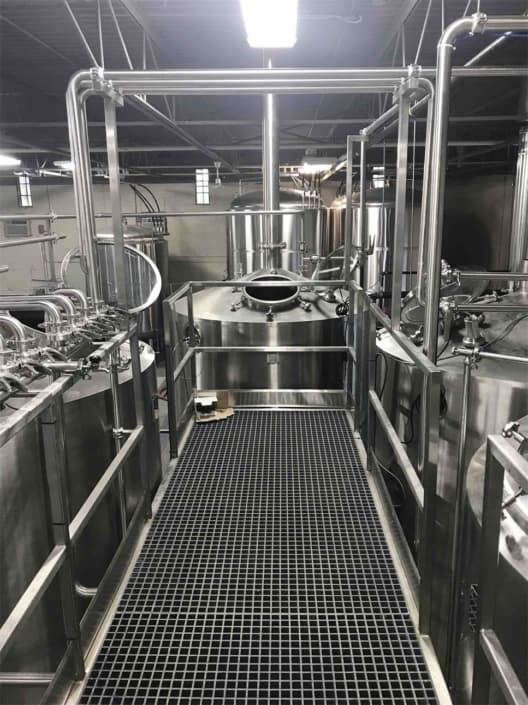Guidelines for using Stainless Fermentation Tank
Benefits of Stainless Fermentation Tanks
When it comes to brewing, whether you’re a passionate homebrewer or running a full-scale commercial operation, your fermentation tank can make or break the final product. That’s where stainless steel fermentation tanks shine like a freshly polished taproom counter. So, what makes them the go-to choice across the globe?
First and foremost, durability is a huge selling point. Stainless steel doesn’t rust, it resists pressure, and it can take a beating without losing its integrity. Compared to plastic or glass, it’s the Hulk of fermentation vessels. Think about it—this material holds up to everything from acidic worts to rigorous cleanings.
Then there’s temperature control. Many stainless fermenters come jacketed, allowing glycol or water to run through their outer layers, keeping your brew at the perfect temp. Temperature stability is critical in fermentation—it affects flavor, clarity, and consistency.
Let’s not forget aesthetic and professional appeal. Walk into any craft brewery and you’ll see rows of shiny stainless tanks—it just looks legit. Customers love it, too. It screams quality and cleanliness.
In short, stainless fermentation tanks are the Ferrari of brewing vessels. Sure, they cost more up front, but they pay dividends in performance, longevity, and batch consistency.
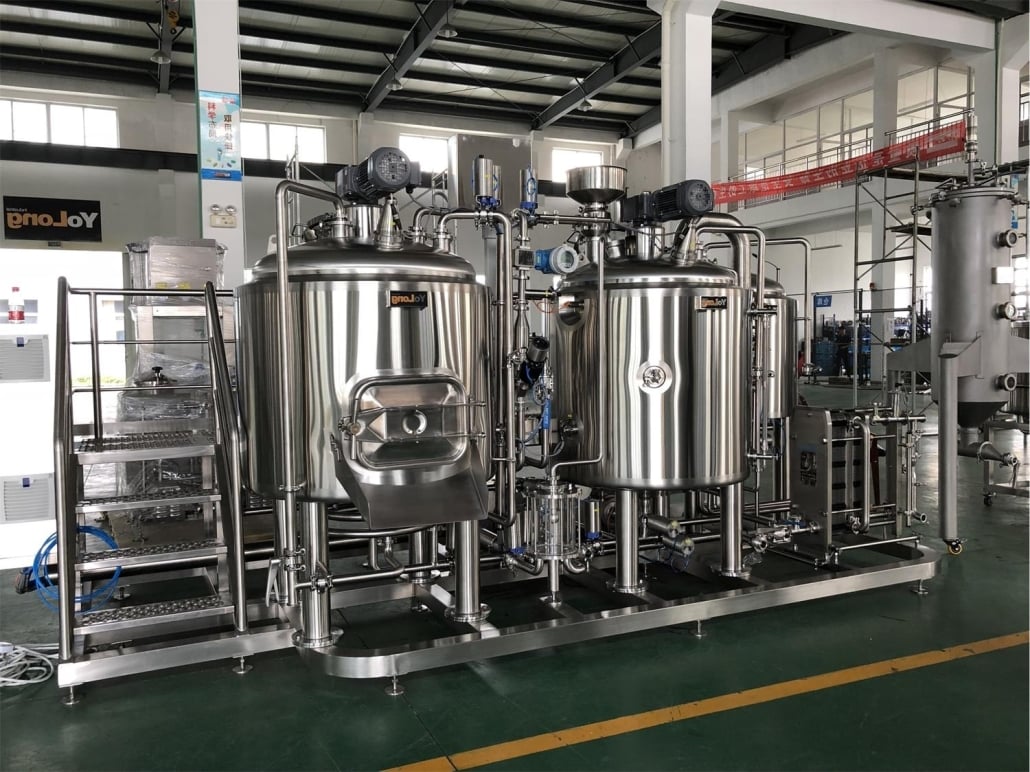
Types and Specifications of Stainless Fermentation Tanks
Stainless fermentation tanks come in all shapes, sizes, and functionalities. Whether you’re fermenting beer, kombucha, wine, or spirits, there’s a specific type designed for the job. Let’s break down the key types and what specs to look for.
Conical Fermenters are the most popular. These tanks feature a cone-shaped bottom that makes yeast and sediment collection a breeze. It’s all about gravity, baby. Plus, it allows for cleaner transfers, better separation, and even the option to harvest and reuse yeast.
Unitanks, or universal tanks, are the multitaskers of the fermentation world. They can handle both fermentation and carbonation. For breweries looking to cut down on transfers and save space, these are a goldmine.
Then you have cylindrical fermenters, often used in wineries or for open fermentation. They’re simpler, often more affordable, but lack some of the efficiencies of their conical cousins.
As for specifications, here’s where things get geeky—in the best way:
- Volume Capacity: Ranges from 10 liters (for homebrewers) to 100+ hectoliters (for industrial setups).
- Material Grade: Look for 304 or 316 stainless steel. The latter is more corrosion-resistant, especially in salty or acidic environments.
- Wall Thickness: Usually between 1.5mm to 4mm, depending on the size and pressure rating.
- Pressure Rating: PSI varies—non-pressurized tanks are fine for wine and kombucha, while beer tanks need pressure handling up to 30 PSI or more.
- Cooling Jacket: Single or double-wall tanks with glycol jackets for precise temperature control.
- Manways & Ports: Top, side, and bottom manways for access, cleaning, and maintenance. Sampling ports, thermowells, and pressure gauges are common add-ons.
Applications of Fermentation Tanks in Brewing and Beyond
Fermentation isn’t just for beer, although beer brewing is where stainless fermentation tanks really shine. These tanks are vital in multiple industries.
In beer brewing, fermentation is where the magic happens—literally. Yeast converts sugars into alcohol and CO2, and stainless steel tanks ensure this process is smooth, controlled, and contaminant-free. Brewers can also monitor and tweak conditions throughout fermentation, optimizing taste and alcohol content.
Winemaking also benefits from stainless tanks, especially in white wine production, where cleanliness and flavor preservation are crucial. The tanks help maintain low temps and prevent oxidation.
Kombucha and cider producers love stainless for its neutral taste profile and ease of cleaning. Kombucha especially needs strict sanitation because of its delicate SCOBY culture.
In the spirits industry, fermentation tanks are used to process mashes for distillation. The robust design of stainless tanks handles heavy-duty, large-scale fermentation with ease.
Beyond beverages, these tanks show up in the pharmaceutical, biotech, and dairy industries—basically anywhere that requires hygienic, controlled fermentation.
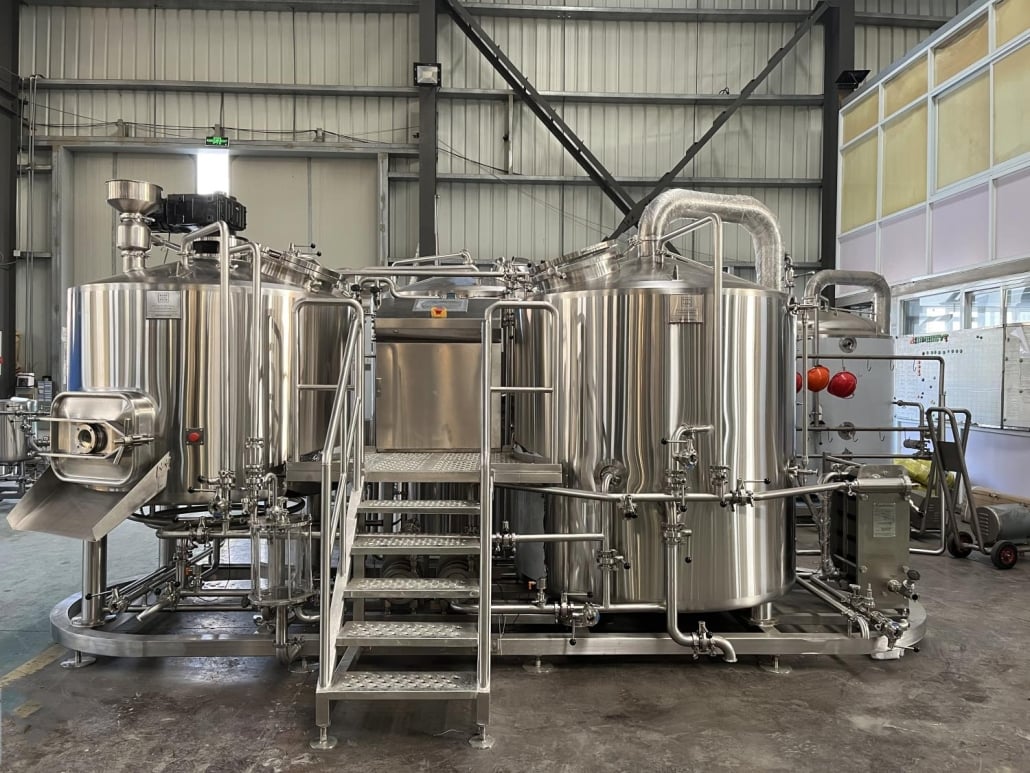
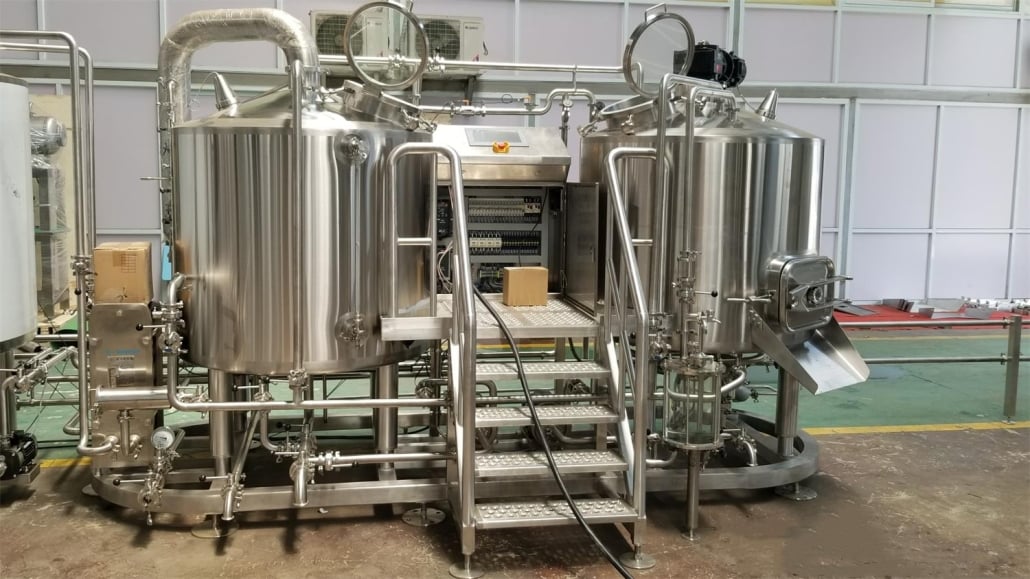
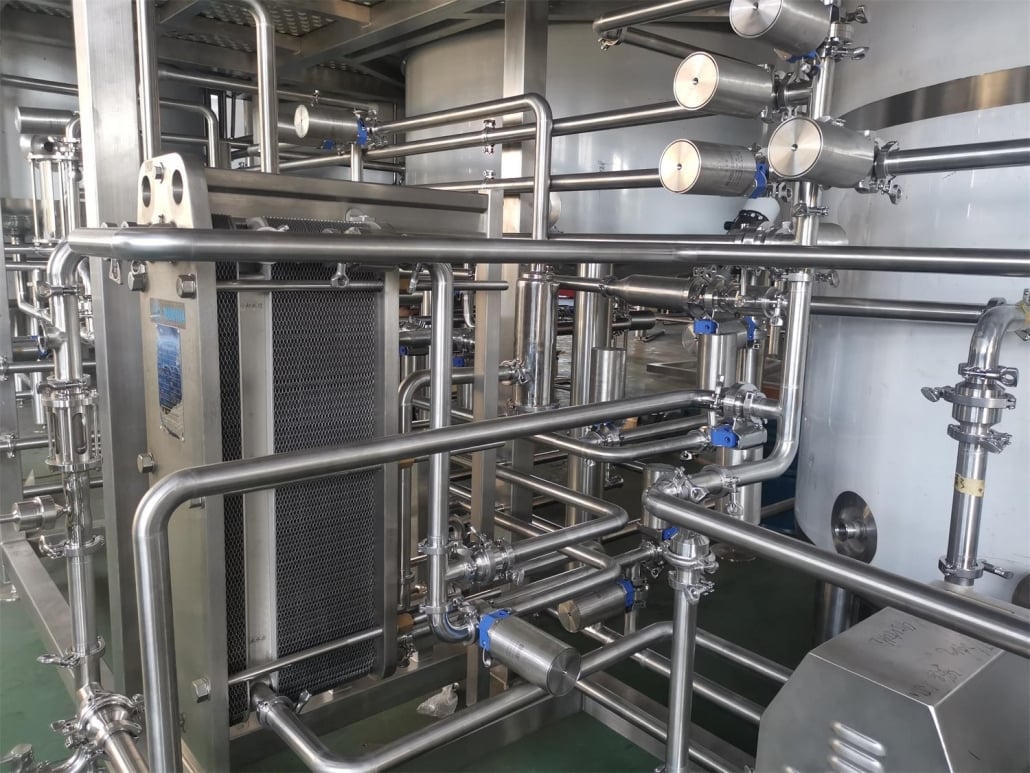

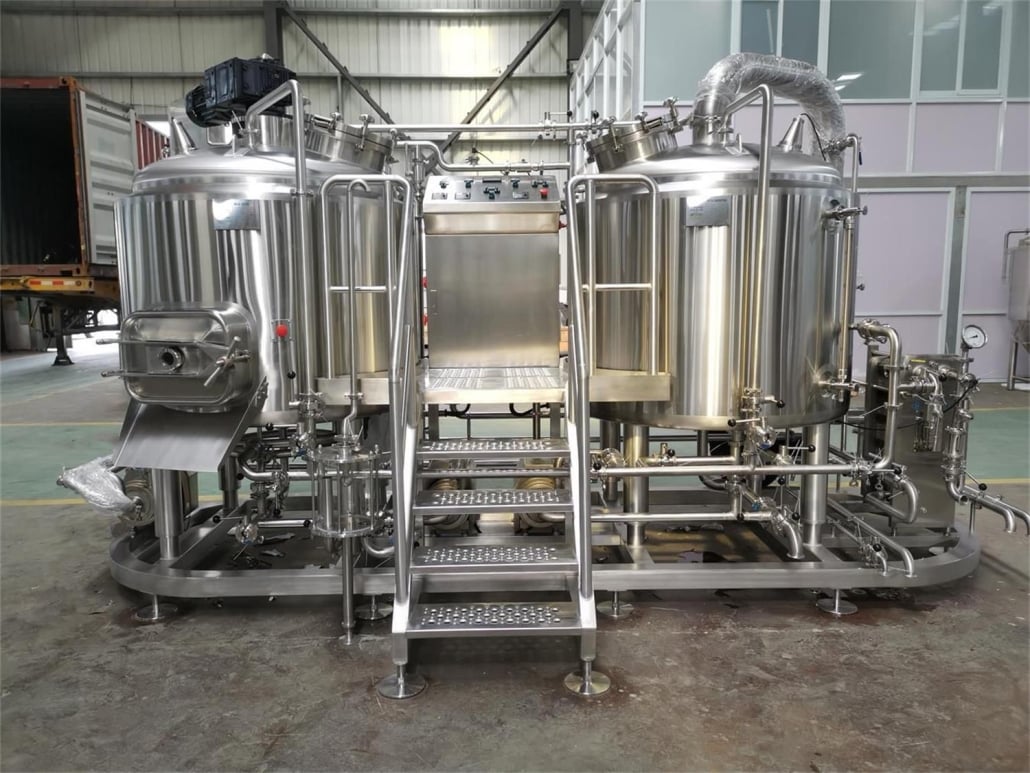
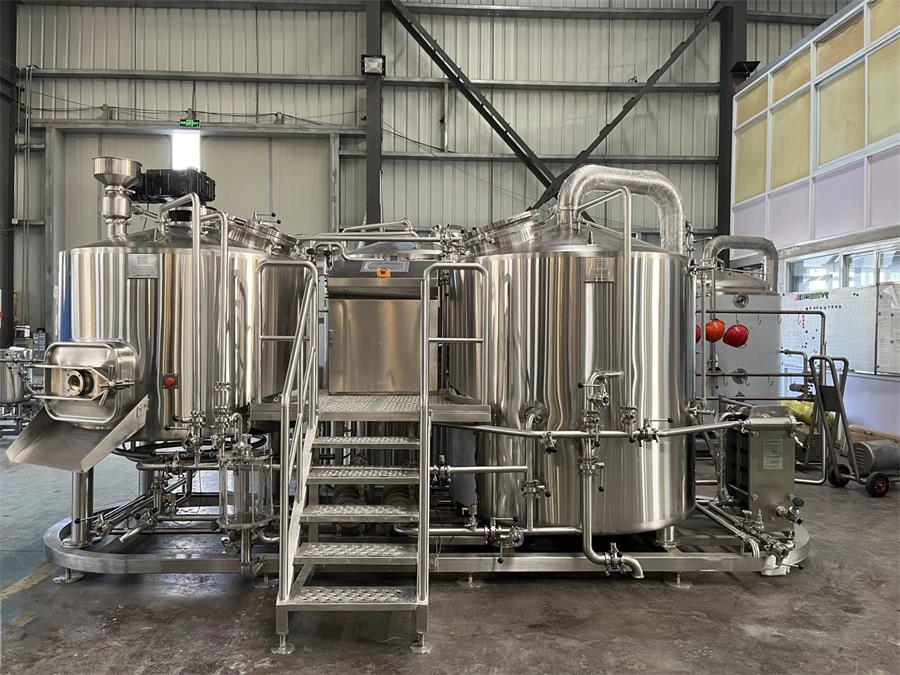
How to Choose the Right Stainless Fermentation Tank for Your Needs
| Factor | What to Consider | Why It Matters |
|---|---|---|
| Batch Size | Match tank volume to your typical batch size | Over/under-sizing affects efficiency and fermentation control |
| Tank Type | Conical, unitank, or cylindrical | Each has unique pros—conical for yeast collection, unitank for versatility |
| Material Grade | 304 vs. 316 stainless | 316 resists corrosion better, ideal for acidic worts |
| Cooling System | Jacketed or non-jacketed | Needed for temperature-sensitive fermentation |
| Pressure Rating | Required PSI for your fermentation process | Essential for beer, especially in carbonation stages |
| Cleanability | CIP compatible, port placements, surface finish | Impacts sanitation ease and time |
| Add-ons & Ports | Sampling ports, thermowells, pressure valves | More control and flexibility during fermentation |
| Available Space | Dimensions vs. your floor plan | Avoids installation headaches and optimizes workflow |
| Budget | Upfront cost vs. long-term savings | Stainless costs more initially but lasts much longer |
Price Ranges and Size Options of Stainless Fermenters
| Volume (Liters) | Volume (Gallons) | Common Use Case | Estimated Price (USD) | Dimensions (approx.) |
|---|---|---|---|---|
| 50L | ~13 | Homebrewing | $300 – $600 | 1.5 ft x 2.5 ft |
| 200L | ~53 | Pilot or test batches | $1,000 – $2,000 | 2 ft x 4 ft |
| 500L | ~132 | Microbrewery | $3,000 – $6,000 | 3 ft x 5 ft |
| 1000L | ~264 | Craft brewery | $6,000 – $10,000 | 4 ft x 6 ft |
| 5000L+ | ~1,320+ | Industrial scale | $20,000+ | 6+ ft x 10+ ft |
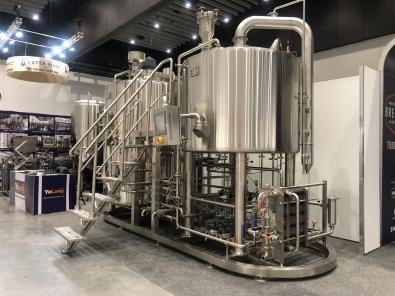
FAQ
| Question | Answer |
|---|---|
| What’s the difference between 304 and 316 stainless steel? | 316 has added molybdenum, making it more resistant to corrosion—especially in salty or acidic environments. |
| Can I ferment under pressure in these tanks? | Yes, but only in pressurized models like unitanks. Always check PSI ratings. |
| How do I clean a stainless fermentation tank? | Most are CIP-friendly. Use caustic cleaners followed by acid and a hot water rinse. |
| Do I need a conical tank for homebrewing? | It’s not essential, but it makes yeast collection and cleaning easier. |
| Is stainless better than plastic or glass? | For durability, sanitation, and long-term value—absolutely. Stainless wins hands-down. |
| Are these tanks customizable? | Yes. Most manufacturers offer custom ports, jackets, pressure ratings, and even branding. |
| How long do stainless tanks last? | With proper care, decades. Many outlast the breweries they started in. |
| Is insulation necessary? | For glycol jacketed tanks, insulation helps efficiency. Not required for all setups though. |
Share this entry
Interested in learning more about Brewing Systems including additional details and pricing information? Please use the form below to contact us!
YOLONG BREWERY EQUIPMENT FAQS
- Commercial Brewery / Craft Brewery / Microbrewery / Nanobrewery
- What is The Difference Between Craft Beer and Industrial Beer?
- The Bespoke Differences In Custom Brewing Systems
- Everything You Need to Know About Kettle Souring
- How to Choose Brewing Equipment for Your business?
- How To Choose The-Best Partner To Build Your Commercial Microbrewing System?
- Two Detection Sensors That You Need To Use In Your Brewhouse System
- Remote Control Applications in Brewing Equipment/How does it work?
- How To Clean Your Brand New Brewery Tanks?

